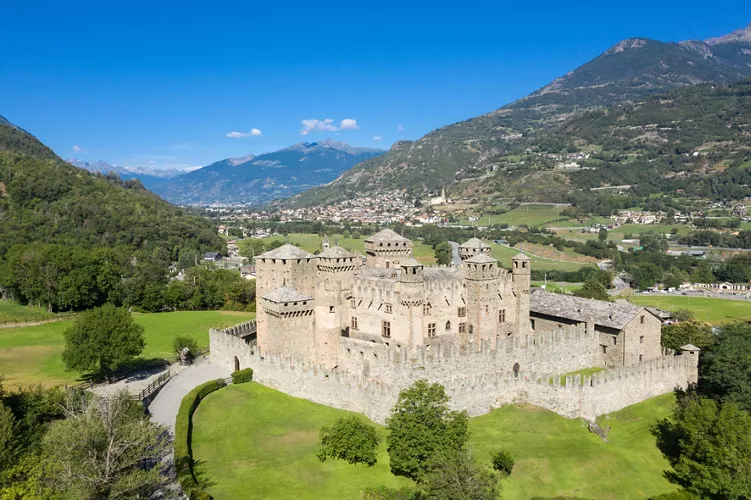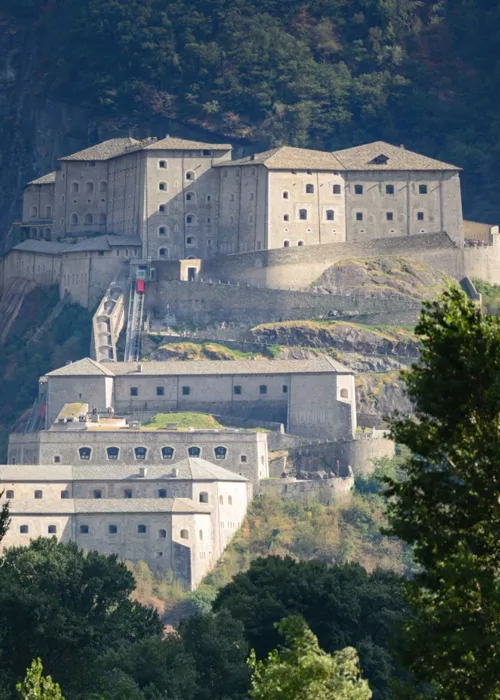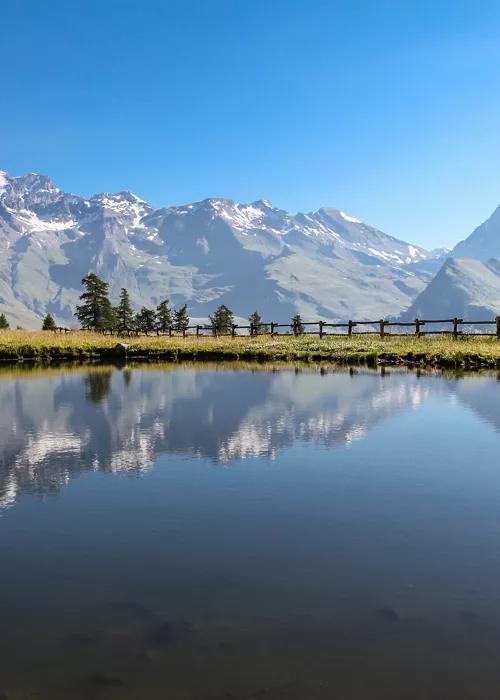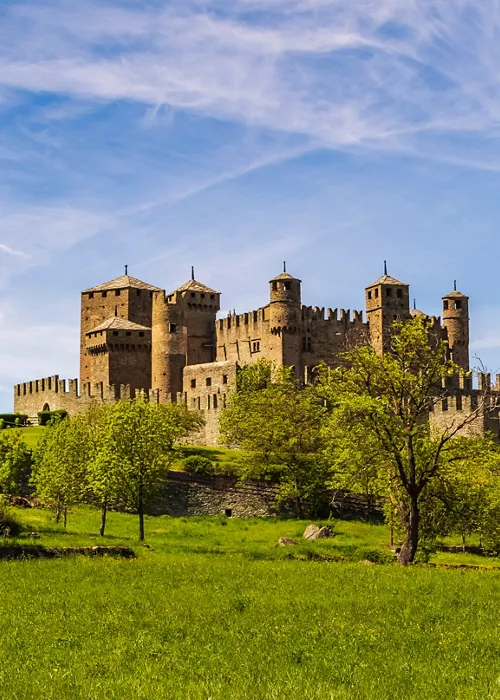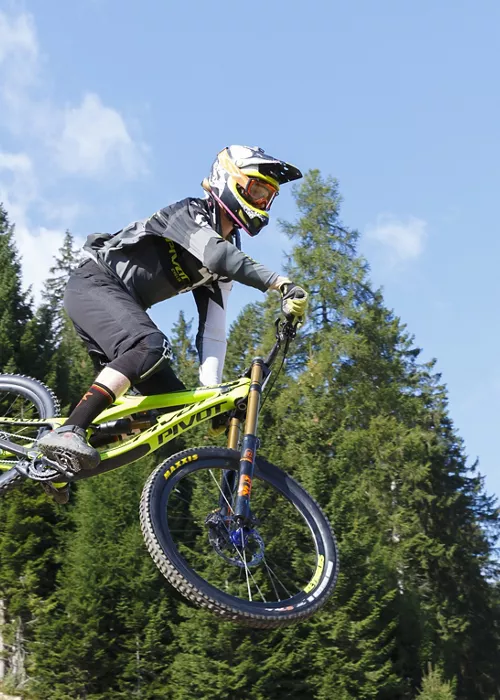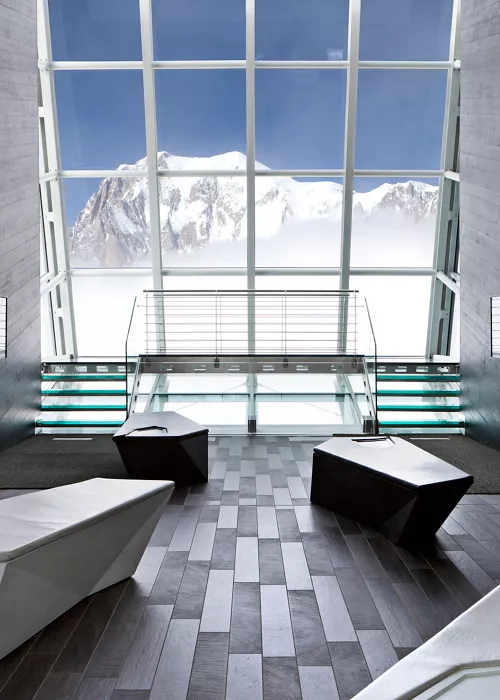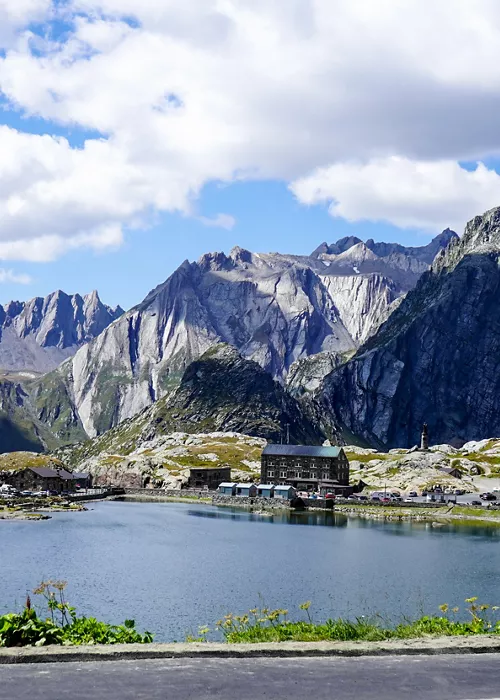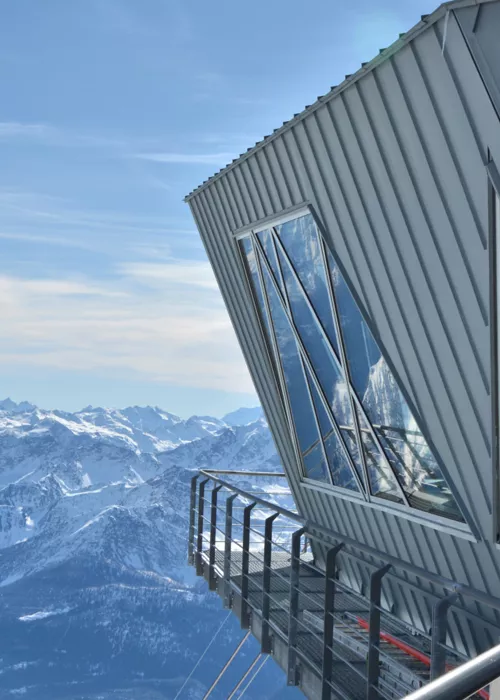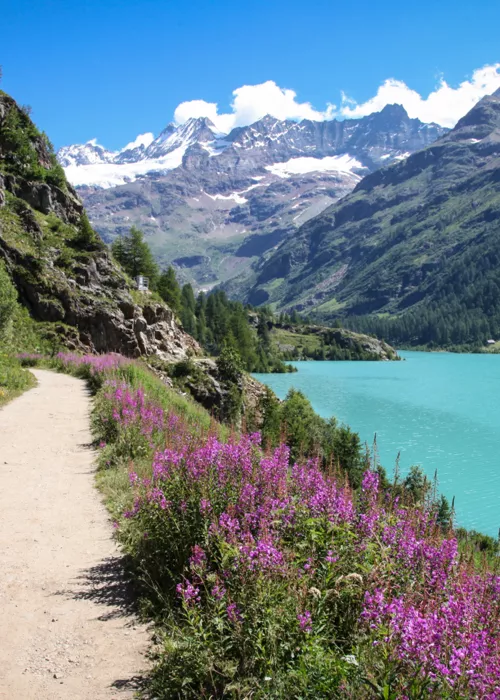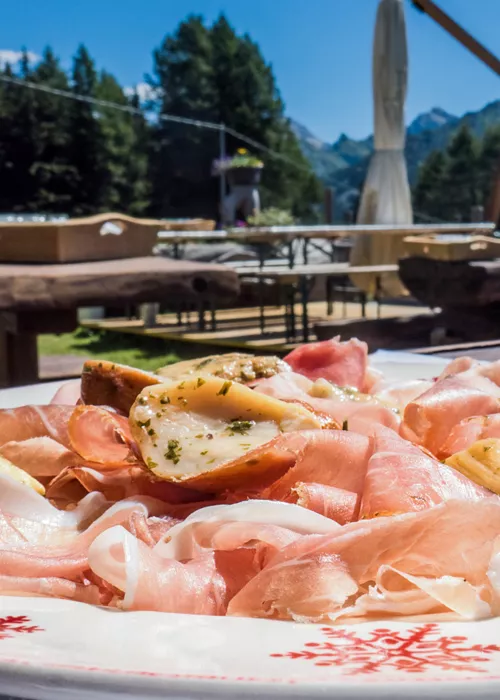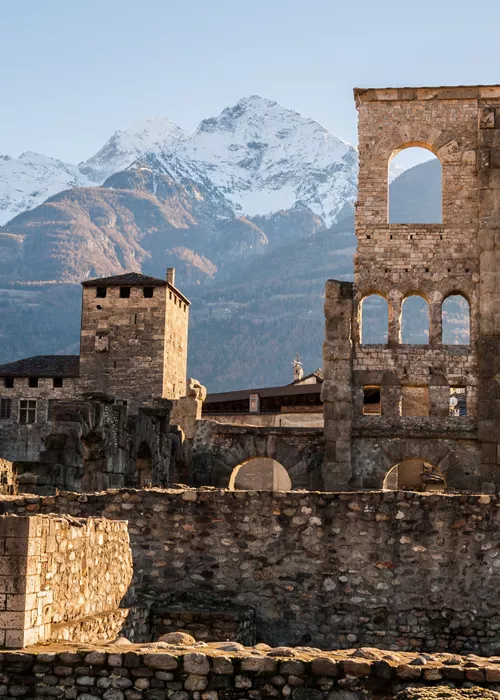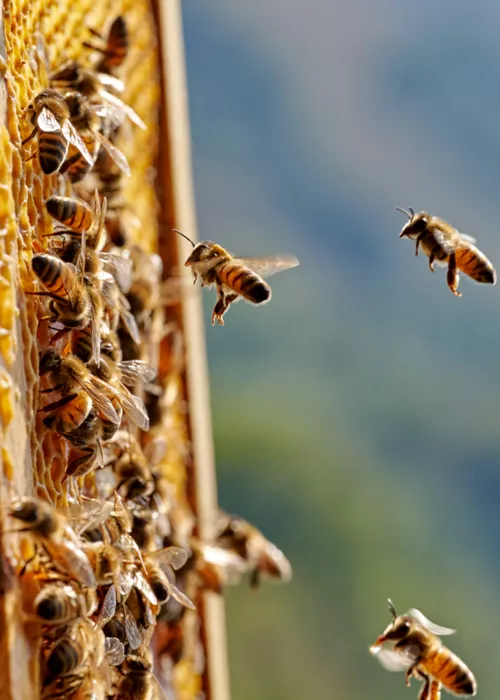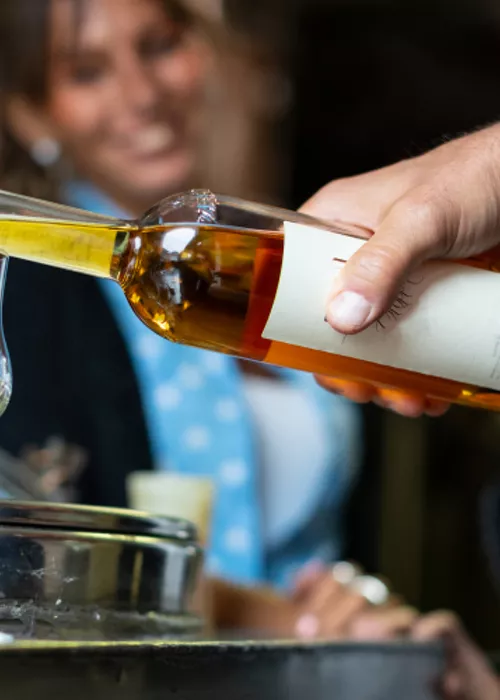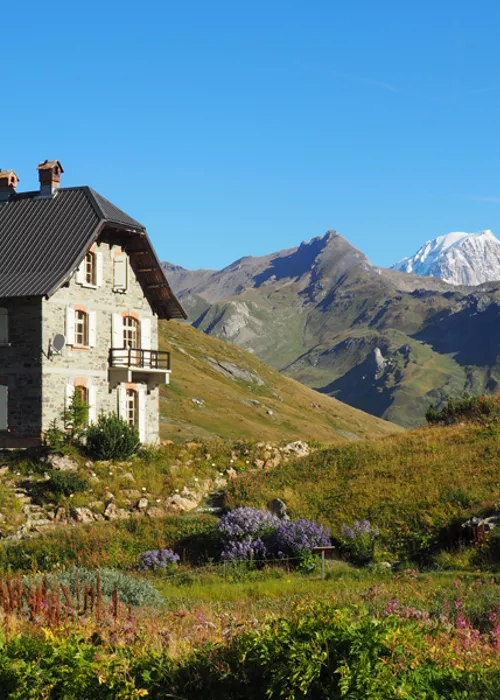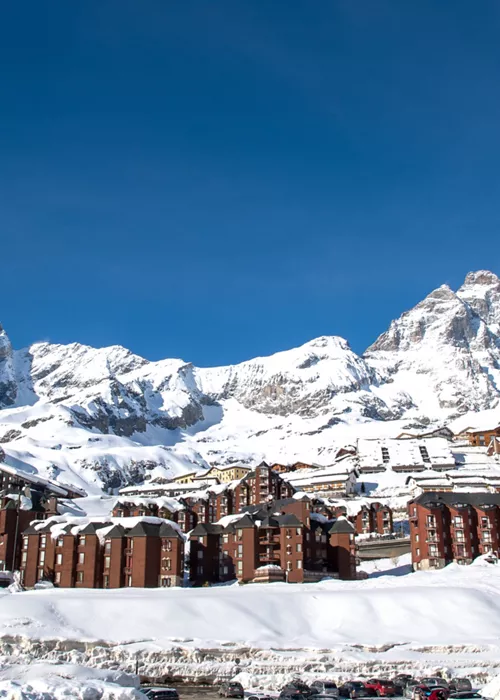Fénis Castle: an iconic medieval manor house
So perfectly preserved that still today it feels as though it is about to host ladies and knights, banquets and balls. Simply look around, then close your eyes for a moment.
The marvellous Fénis Castle, in the middle of the Aosta Valley, with numerous towers and double-crenellated walls, is one of best-preserved medieval castles in Italy.
On a green hill, surrounded by a meadow, all who visit are sure to feel immersed in a fairy-tale world.
In the residence of an illustrious family
You will immediately notice that Fénis Castle is substantially different from other castles in the Aosta Valley. While the other castles stand in defensive positions on inaccessible cliffs and promontories, Fénis Castle stands on a low hill, surrounded by a meadow. This is because Fénis, more than simply a defensive fortress, was the administrative seat and noble residence of the Challant family.
This very ancient building that dates back to at least 1242 reached the height of its splendour in 1340, when it was owned by the Challant family, among the most illustrious families in Europe. In 1869, the manor became the hunting lodge of King of Italy Victor Emmanuel II.
The power of art
As soon as you arrive, you will be enchanted by the view of Fénis Castle in the beautiful clearing: a pentagon shape with circular turrets at each corner and a double wall decorated with battlements, structures commissioned by Aimone di Challant in the mid-14th century and added to the pre-existing fortified tower. The harmony of the architecture is truly striking, an iconic symbol of the Middle Ages in Valle d'Aosta.
When you go inside, you will pass through a square tower before entering the ground floor, between the Hall of Arms, the Refectory and the kitchens.
On the main floor are the Lords' chambers and reception rooms, as well as the chapel adorned with religious frescoes.
The breathtaking, immense courtyard, the pièce de résistance, is the artistic heart of the manor. As you lift your gaze, you will see the wooden balconies adorned with a fresco that paints a detailed picture: portraits of sages and prophets, proverbs and sentences written in old French.
Looming above the staircase is a fresco depicting Saint George, while on the eastern wall you will see the fresco of the Annunciation and St Christopher, dating from around 1425-1430.
This triumph of art is a statement of power combined with a refined lifestyle.
What to do after visiting Fénis Castle: six unmissable sites
A stone’s throw from the manor house is a restful green space named Tzanté de Bouva.
Children can have fun in the well-equipped playground, while you can relax and enjoy a bite to eat in the marked picnic area under the shade of a beautiful forest of oak, birch and ash trees.
A scenic cycle route also starts from Tzanté de Bouva, accessible from the car park of the Fénis cemetery. This five-kilometre loop on a wide, flat track is suitable for the whole family. On the same circuit, you can also go jogging or simply stroll through meadows and cultivated fields, alongside the Dora Baltea river.
More athletic visitors can enjoy a splendid trek through the Val Clavalité valley to the Bivacco Borroz mountain cabin. Nestled in this beautiful landscape, you will find farmhouses lost to nature, as well as the small church of Our Lady of the Snows and small chalets.
If you’re visiting in winter, the Clavalité plateau is a splendid spot for snowshoeing, surrounded by silence and the belt of snow-capped mountains.
Fancy horse riding? In Saint-Vincent, less than 15 kilometres from Fénis, you will find a centre that organises horse riding excursions through nature, as well as riding courses.
We highly recommend touring the village of Fénis and stopping in particular to admire the 15th-century Church of San Maurizio and the ancient fortified houses known as “caseforti”.



